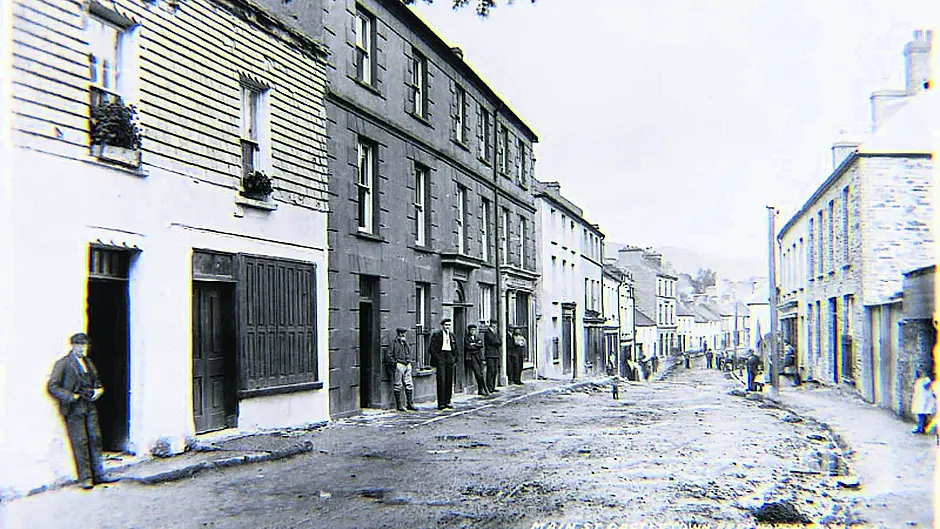A new book tells the stories of the Rural Electrification Scheme of the 1950s. One of the contributors, John Finbarr O’Sullivan, remembers wiring most of Bere Island.
A new book tells the stories of the Rural Electrification Scheme of the 1950s. One of the contributors, John Finbarr O’Sullivan, remembers wiring most of Bere Island.
I WAS born and grew up on Bere Island and in 1949 I got a motor apprenticeship in Peter Murphy Senior’s garage in Castletownbere. That was a few years before the Rural Electrification Scheme came to the Beara Peninsula.
Bill Sheehan (RIP) was one of the mechanics working in the garage who was also a brilliant electrician. Mr Murphy sent Bill out wiring houses and sent me along as his helper. We wired houses in Castletownbere, Eyeries, Urhan and Allihies and the people treated us royally.
I learned a lot from Bill. I usually went up into the attic laying out the cables. We had to bore holes in the joists with a carpenter’s brace and bit. There were no battery-operated drills in those days. That was hard work, especially in some houses where the joists were 3x4” or 4x4” oak or pitch pine, which was usually wreckage from a ship. In one of the houses when we tried to run a cable down on the internal partition, we discovered that it was packed with turf.
In the mid-1950s, I was back in Bere Island when some people petitioned the ESB to bring electricity to the Island. The company couldn’t spare a gang so they made up a special small unit to do Bere Island.
Paddy Moynihan was the supervisor, Jim Lavers was one of the electricians and they had a few local workers to help with the hard work. The underwater cable was laid by the late Brendan Murphy of Rerrin from his barge.
To avail of the scheme people needed to have their houses wired. As I had all the necessary skills required from my time with Bill Sheehan, I put everything I had learned to good use.
I loaded up my bicycle, two bags of cables and fittings hanging from the handlebars, a box with tools on the carrier and a few lengths of wooden conduit tied to the crossbar. I wasn’t the only one doing this work but, personally, I wired 65 houses and gave back change out of a £10 note in 63 of them. That price included labour and all materials except the bulbs.
I got my dinner in every house so as a thank-you I wired and fitted a red Sacred Heart bulb in every house free of charge. They all said they would say a prayer for me.
Some of the houses in Rerrin village had 110-volt electricity from the British Army until 1938 and then from the Irish Army. When I was rewiring one of those houses, I found bare copper wires – the mice had eaten the rubber insulation.
In another house, when I’d finished the wiring, I asked the elderly man of the house to switch on the light in the kitchen. He switched it on and off a few times and said: ‘Glory be to God! When I was young, the only light we had was seal blubber melted in a scallop shell and a dried rush for a wick.’
Here was a man born in the early 1880s, who survived long enough to witness the extraordinary times that the rural electrification brought to the islanders of Bere.
• John Finbarr O’Sullivan is a writer, folklorist and native of Bere Island, Co. Cork. This is an excerpt from the recently-released Then There Was Light: Stories Powered by The Rural Electrification Scheme in Ireland, edited by PJ Cunningham and Dr Joe Kearney.







